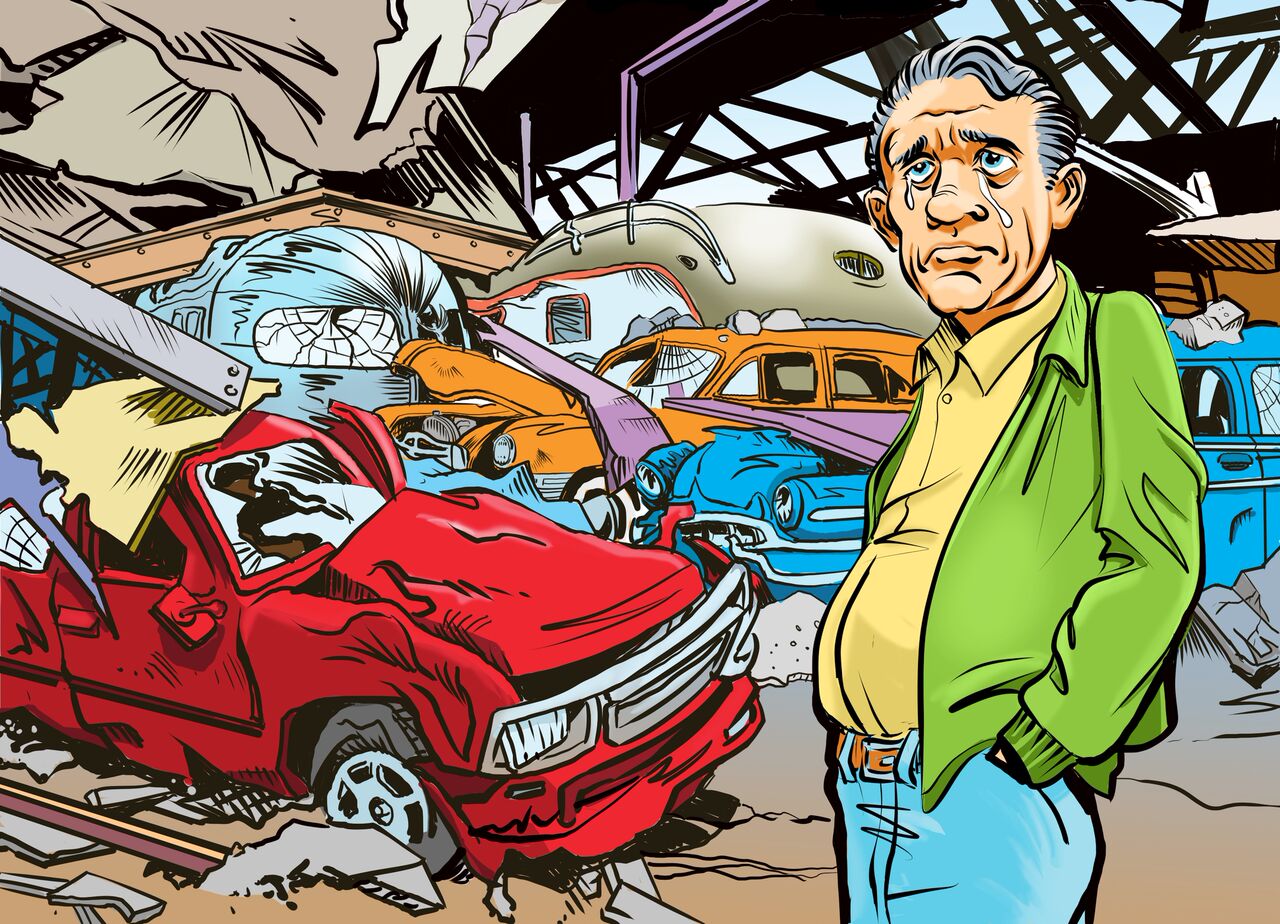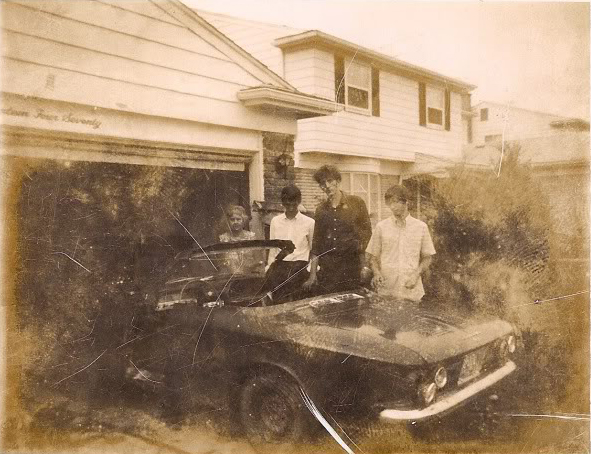Losses and Lessons: Don’t trust those trusses
VEHICLES INVOLVED: 38 cars, trucks, and trailers.
WHAT WENT WRONG: Do you trust your trusses? Depending on the age of the building in which you store your precious vehicles, it might be time to get up-close and personal with those very important support beams.
Roof collapses aren’t unheard of this time of year, and while heavy snow is often to blame, this one was in Texas and had everything to do with old age. The building in question was constructed in the 1940s, and when the trusses gave way its roof came crashing down on an extensive assortment of collector cars, trucks, and trailers—38 of them, in fact.
DAMAGE/LOSS: No one was injured, but damage to the building and its contents ranged from slight to severe. The most significant harm came to a 1938 Curtiss Aerocar trailer and a 1996 Chevy S10 truck, which were both total losses and carried a combined guaranteed value of $61,200. Other vehicles suffering significant damage included a 1949 Chrysler Imperial ($12,450), 1948 Silver Streak 18-foot trailer ($11,250), 1949 Packard Custom Clipper ($8750), 1947 Chrysler Town & Country ($5160), and 1948 GMC 1-ton panel delivery truck ($4880). Vehicle damage totaled $140,292, which Hagerty paid.
LESSON: Hagerty Private Client Services’ Rick Worm has an extensive background in fire prevention and building safety. Unlike modern buildings, which are constructed on concrete blocks or a concrete slab, he says, “many older buildings were built directly on the soil or used existing stumps that were used as supports. This constant contact with ground moisture can lead to rotting sills and studs and can put stress on old trusses, causing weakening and failure of the trusses, walls, and roof.”
Worm also says that roots from trees growing near a building can spread underneath its foundation, causing the structure to heave or crack. (He also warns that poor wiring in older buildings can spark a fire.)
“Some garages and barns have been neglected for too long or have suffered damage beyond repair (improper renovations, weather over time, etc). If someone is going to use an old building to store their collection, I’d certainly recommend hiring an independent inspector to look over the building. For a couple hundred dollars (this can vary), it will give the owner a good idea of whether to fix it, run away, or move in without worry.
“Private buildings do not require inspections unless a permit is pulled for a major renovation. In this case, back when this building was built in the ’40s, it’s likely that no inspections were required. Some towns do not require inspections to this day.”
Bottom line: Don’t assume a building is sound just because it looks good from where you’re standing. Bring in a pro who knows what to look for, and even if they give the building a clean bill of health, ask how often you should have it inspected in the future.


